Alois Mosbacher
Palinops
10 Mar - 10 Sep 2023
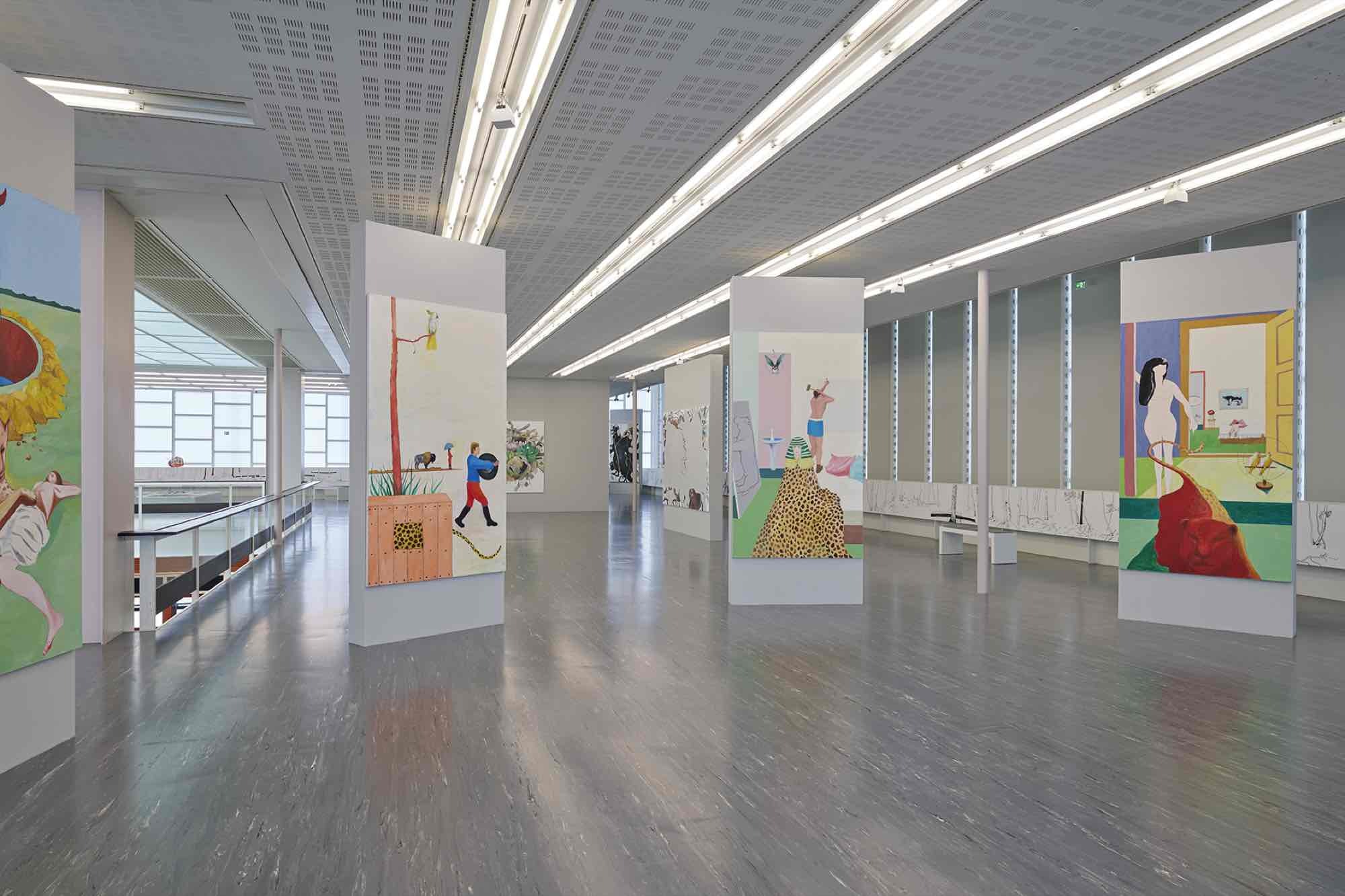
Exhibition view "Alois Mosbacher. Palinops"
Photo: Johannes Stoll / Belvedere, Vienna © Bildrecht, Vienna 2023
Photo: Johannes Stoll / Belvedere, Vienna © Bildrecht, Vienna 2023
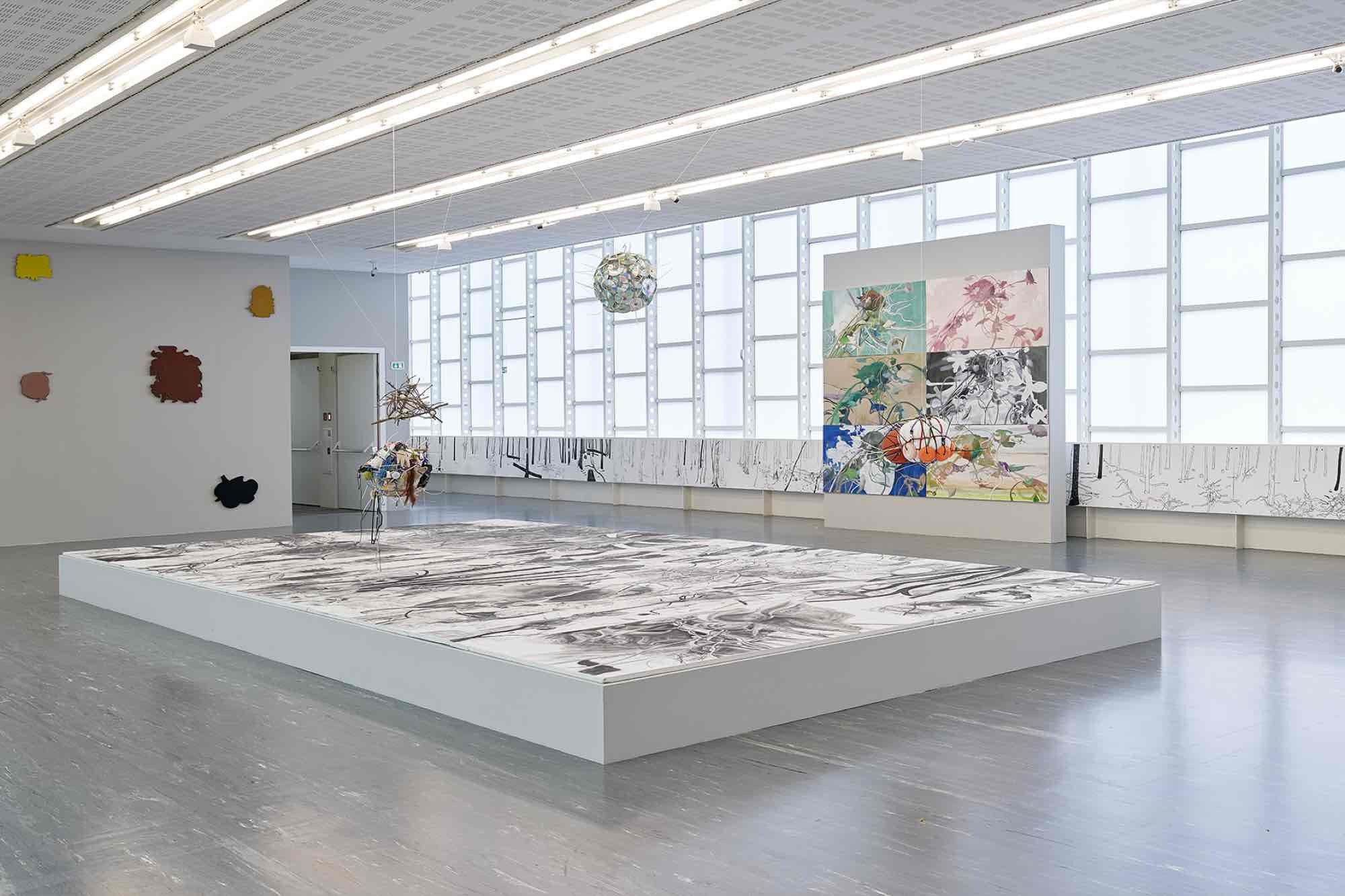
Exhibition view "Alois Mosbacher. Palinops"
Photo: Johannes Stoll / Belvedere, Vienna © Bildrecht, Vienna 2023
Photo: Johannes Stoll / Belvedere, Vienna © Bildrecht, Vienna 2023
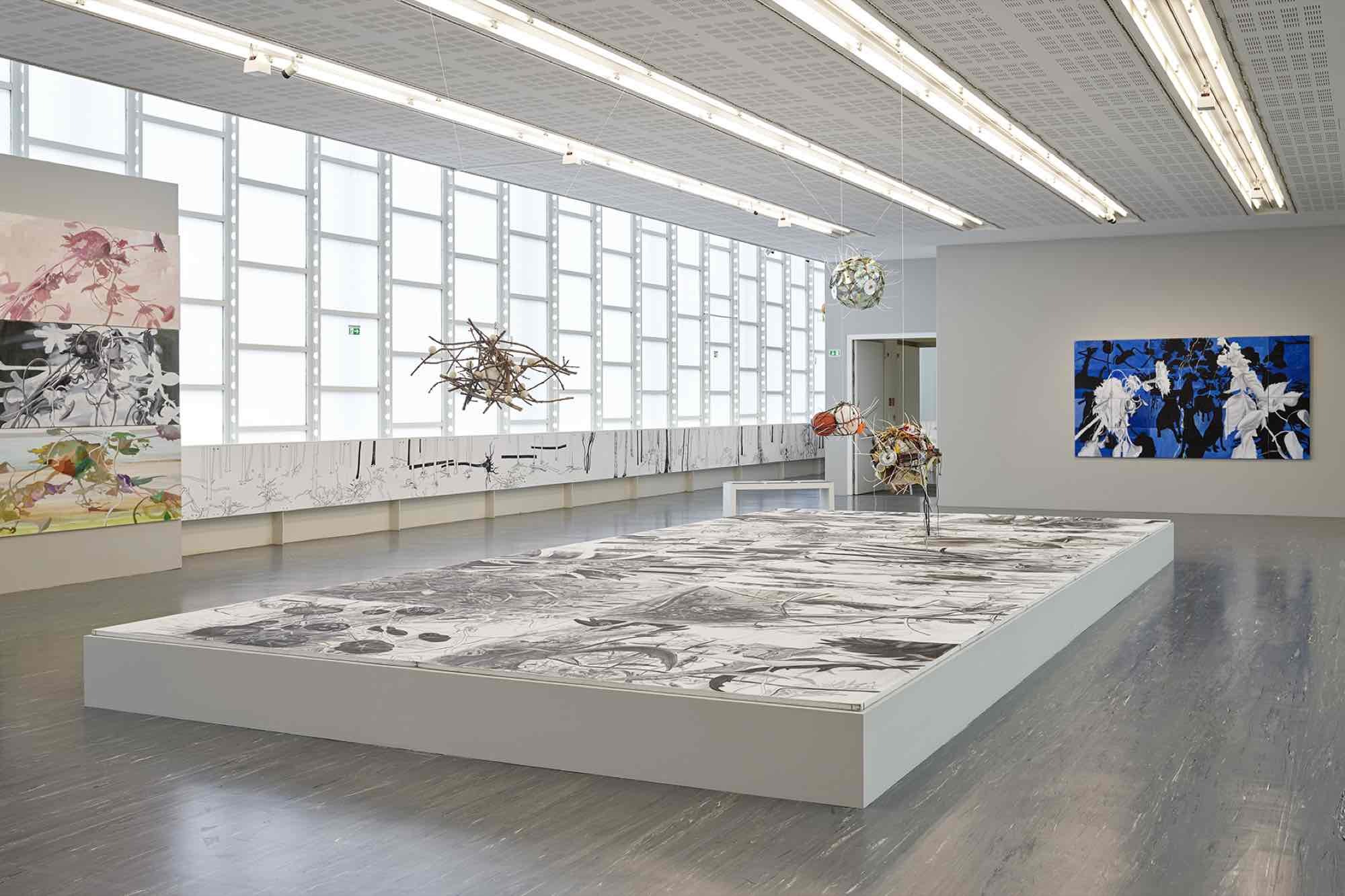
Exhibition view "Alois Mosbacher. Palinops"
Photo: Johannes Stoll / Belvedere, Vienna © Bildrecht, Vienna 2023
Photo: Johannes Stoll / Belvedere, Vienna © Bildrecht, Vienna 2023
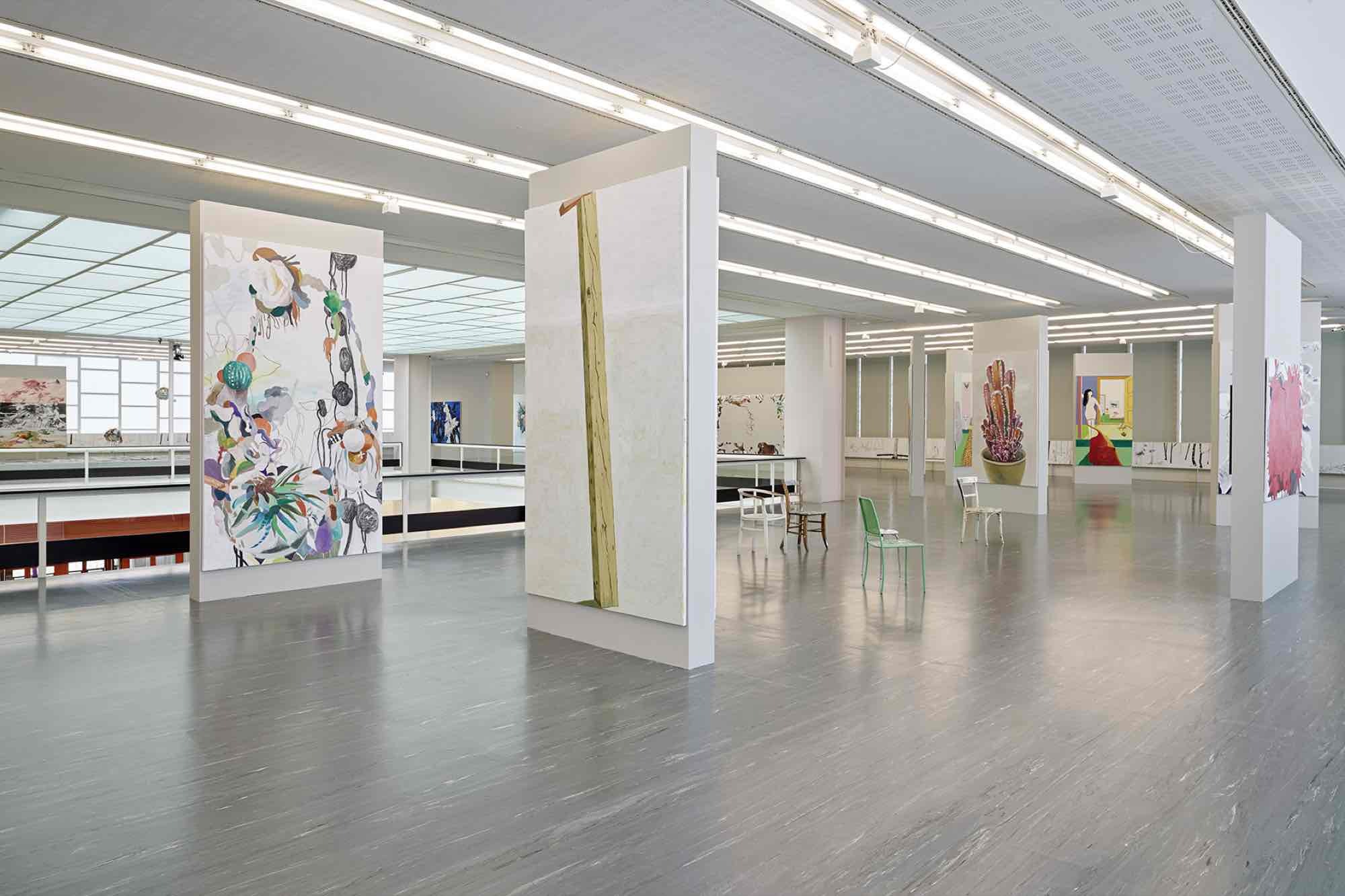
Exhibition view "Alois Mosbacher. Palinops"
Photo: Johannes Stoll / Belvedere, Vienna © Bildrecht, Vienna 2023
Photo: Johannes Stoll / Belvedere, Vienna © Bildrecht, Vienna 2023
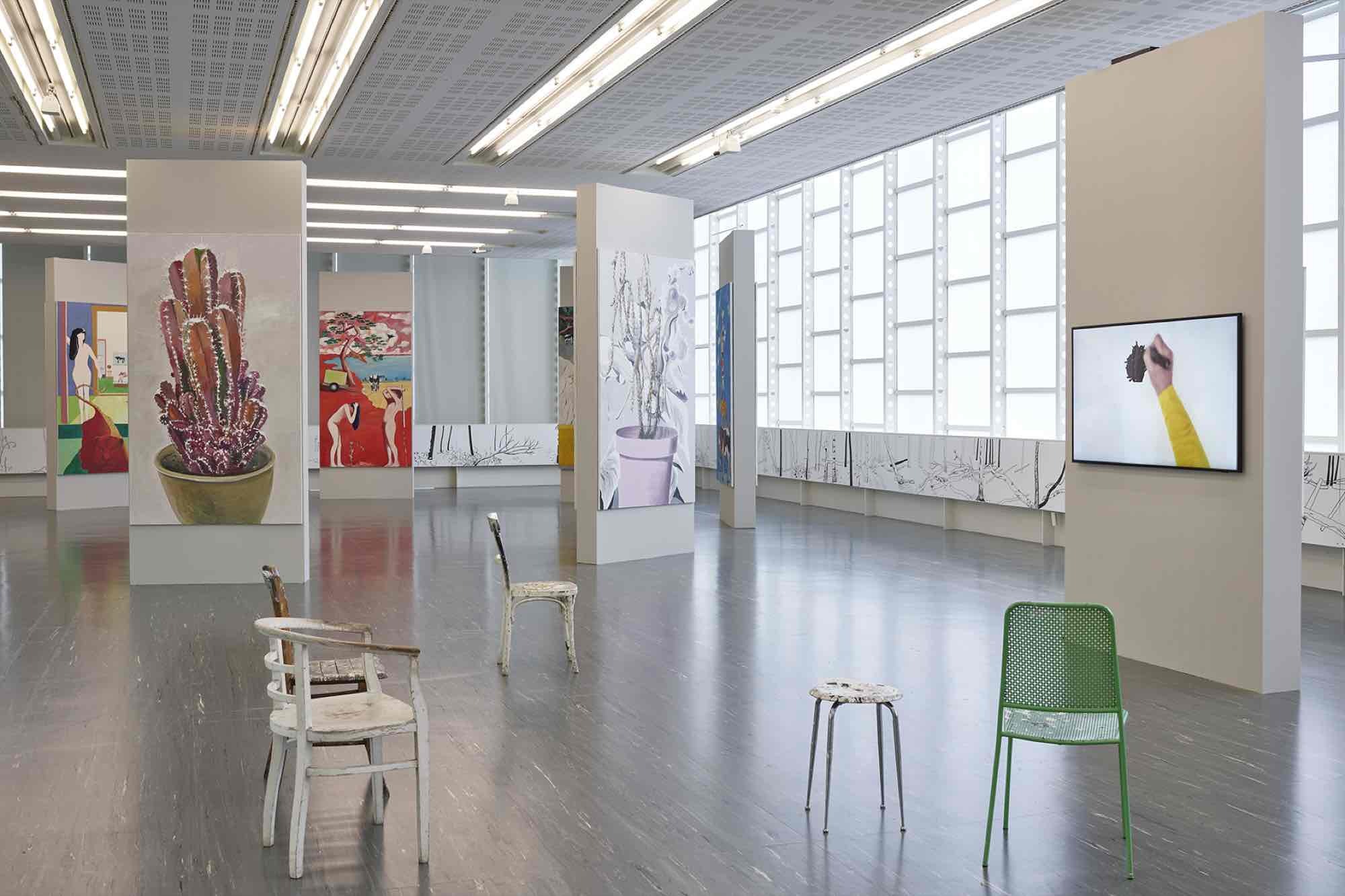
Exhibition view "Alois Mosbacher. Palinops"
Photo: Johannes Stoll / Belvedere, Vienna © Bildrecht, Vienna 2023
Photo: Johannes Stoll / Belvedere, Vienna © Bildrecht, Vienna 2023
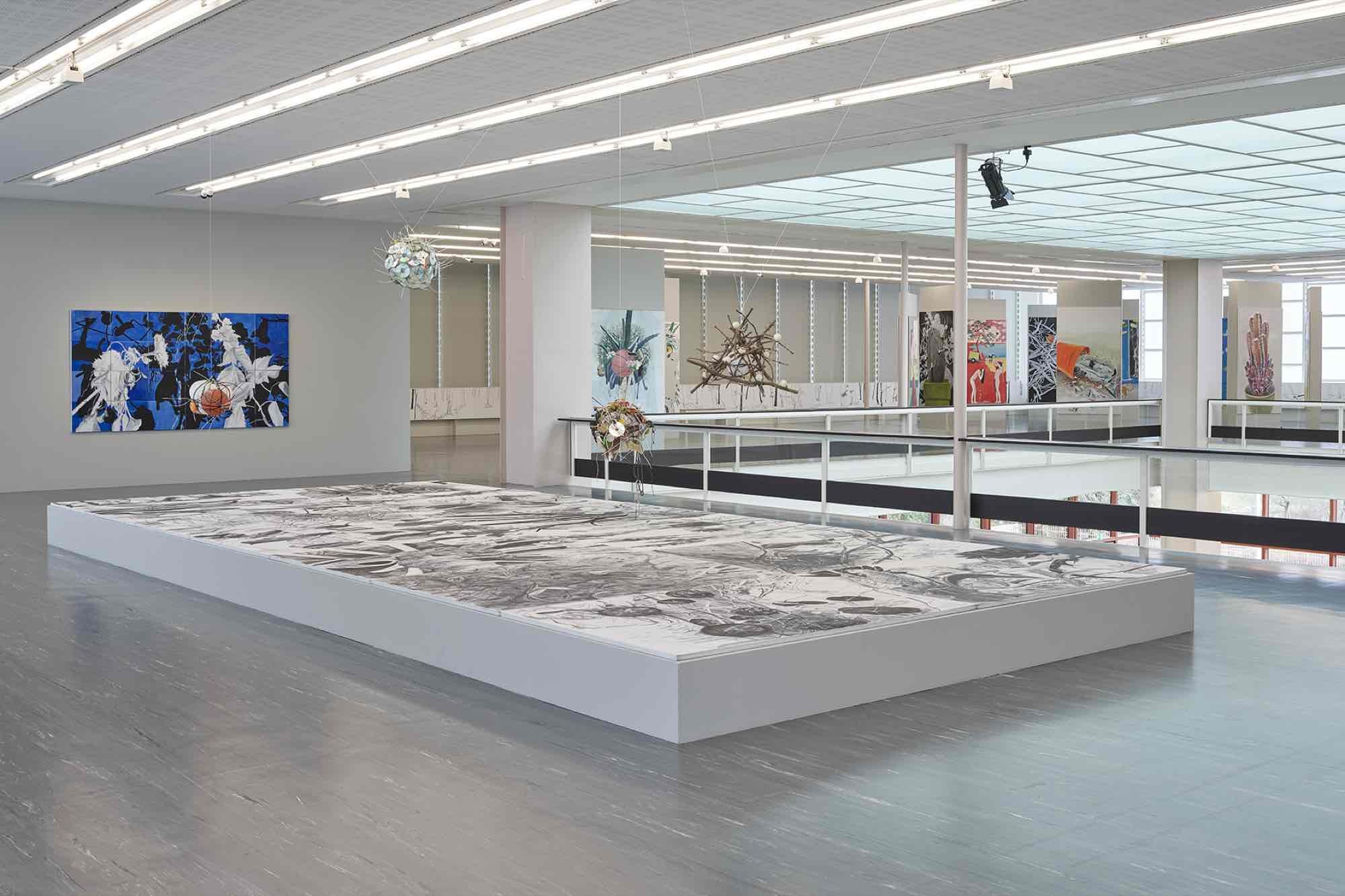
Exhibition view "Alois Mosbacher. Palinops"
Photo: Johannes Stoll / Belvedere, Vienna © Bildrecht, Vienna 2023
Photo: Johannes Stoll / Belvedere, Vienna © Bildrecht, Vienna 2023
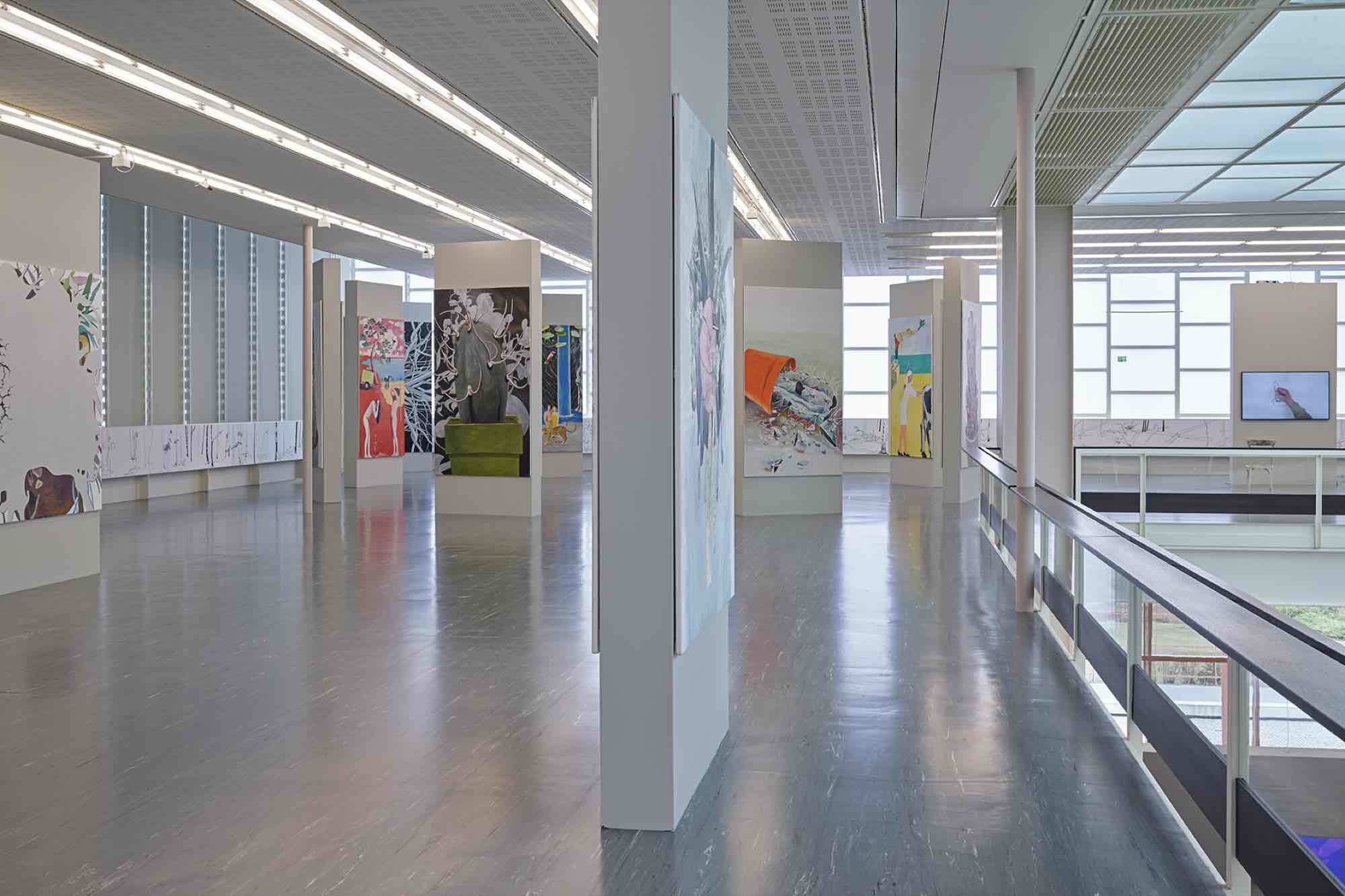
Exhibition view "Alois Mosbacher. Palinops"
Photo: Johannes Stoll / Belvedere, Vienna © Bildrecht, Vienna 2023
Photo: Johannes Stoll / Belvedere, Vienna © Bildrecht, Vienna 2023
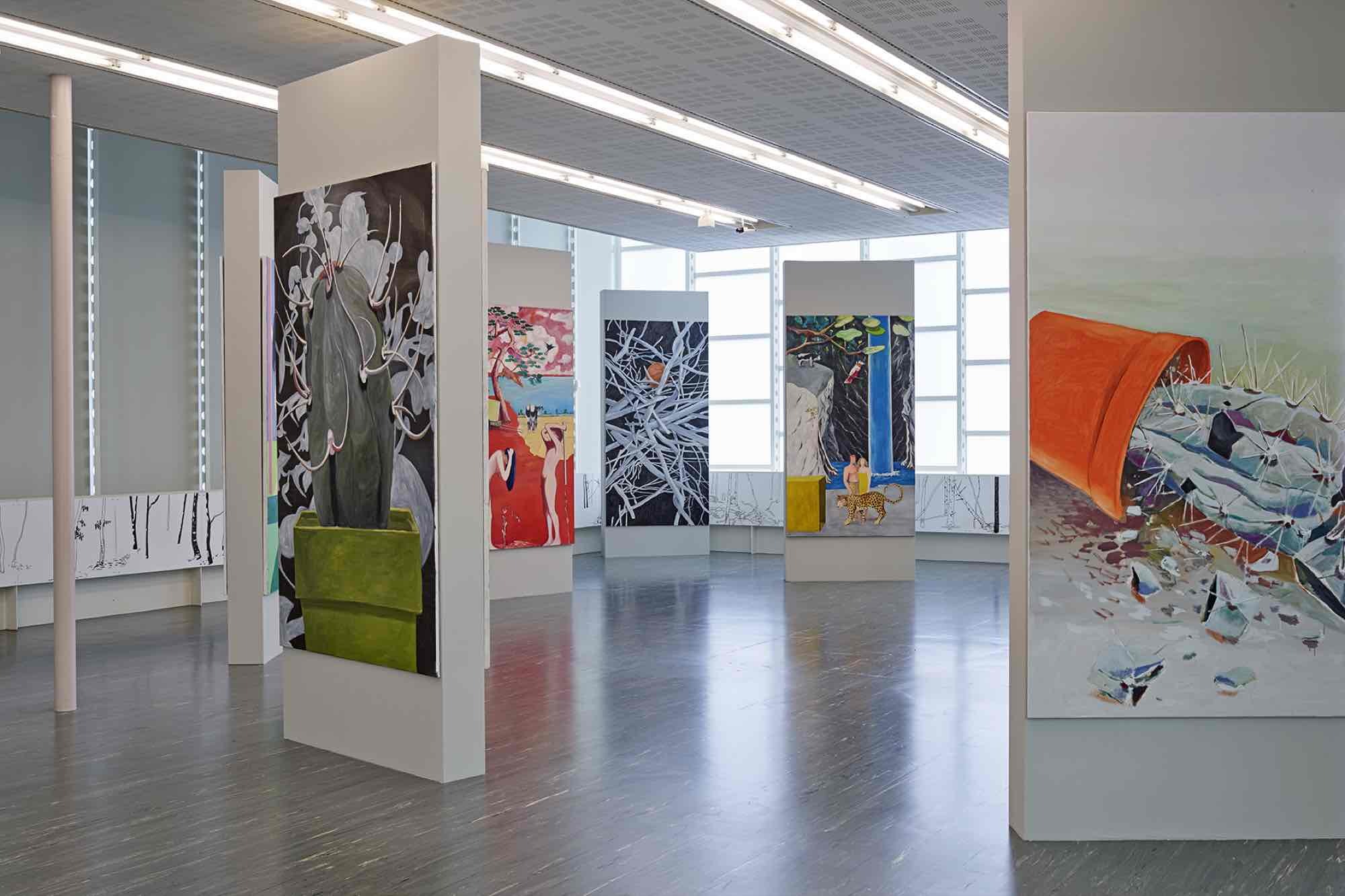
Exhibition view "Alois Mosbacher. Palinops"
Photo: Johannes Stoll / Belvedere, Vienna © Bildrecht, Vienna 2023
Photo: Johannes Stoll / Belvedere, Vienna © Bildrecht, Vienna 2023
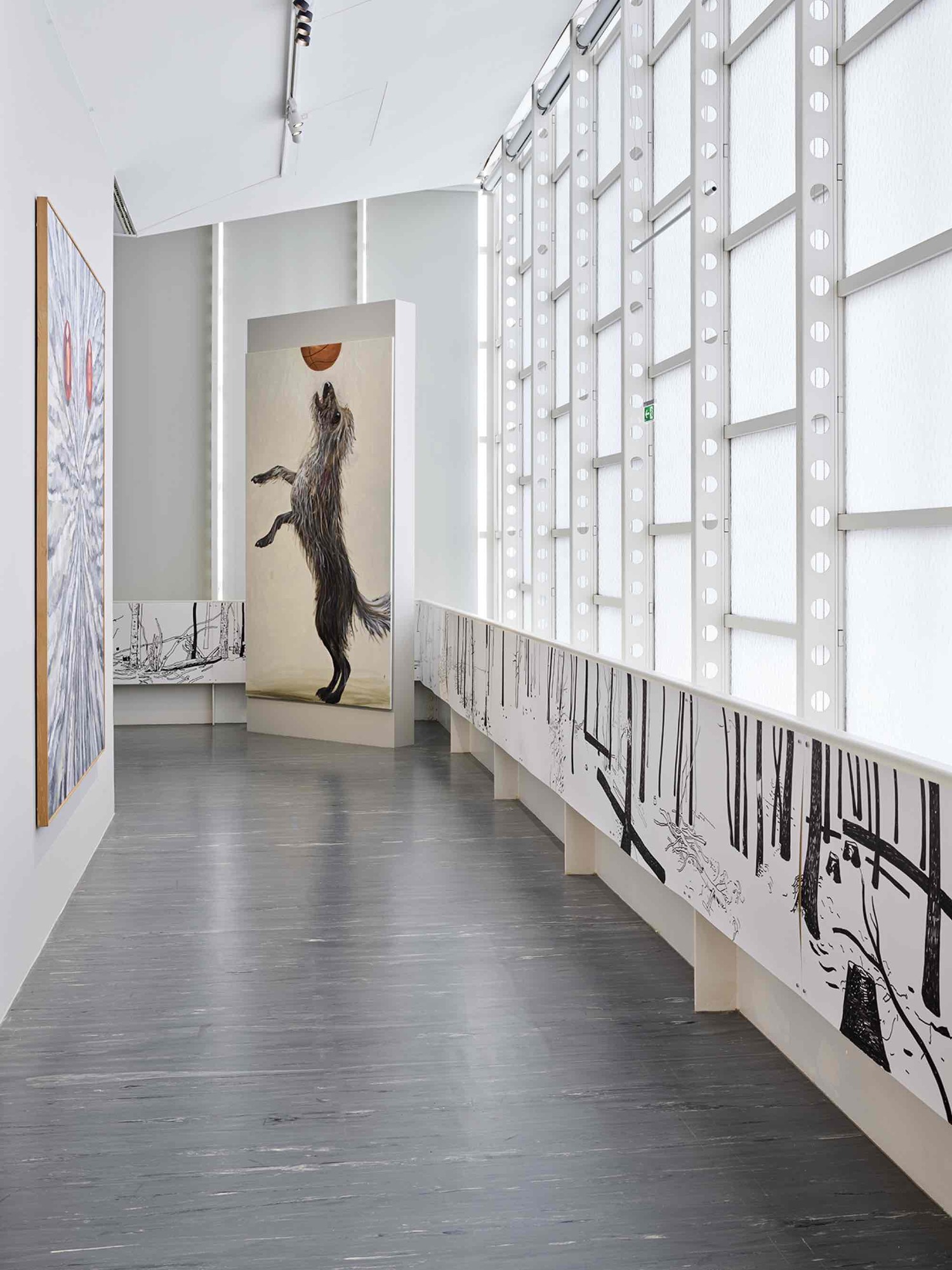
Exhibition view "Alois Mosbacher. Palinops"
Photo: Johannes Stoll / Belvedere, Vienna © Bildrecht, Vienna 2023
Photo: Johannes Stoll / Belvedere, Vienna © Bildrecht, Vienna 2023
Curated by Miroslav Haľák.
Ropes, balls, and cactuses encounter tents, backpacks, or even a ladder – Alois Mosbacher’s works show mundane objects, albeit placed in unusual constellations. The result are enigmatic images of nature replete with chance encounters and paradoxical interactions between plants, animals, and everyday objects.
Stella Rollig, General Director of the Belvedere: Mosbacher’s exhibition is like a concept album where one piece leads to the next regardless of your point of entry. His immersive environments form an invaluable critical reference to a contemporary reality in which the beautiful and the repugnant, the political and the poetic not only exist side by side but often coincide, as confusing as that may be.
Alois Mosbacher is a member of that generation of Austrian artists who opened up new perspectives for the medium of painting. Ever since the 1980s the one-time proponent of the “Neo-Expressionists” has developed a distinct visual language that sounds out the narrative potentials of art. He draws on the suggestive powers of storytelling in his painterly exploration, without his works themselves containing clear narratives. The artist’s thinking goes beyond work groups and series, with the
conceivable narrative taking place between the pictures rather than within the compositions themselves. How he stages his works and the range of media he employs also play an important part here. While Mosbacher sees himself primarily as a painter, alongside painting his practice now spans video art as well as sculptural and installation pieces. His choice of color palette enables him to create suggestive coloristic presences that make each of his works glow.
A unique artistic biotope has come into existence at the Belvedere 21 under the title Palinops. The exhibition does not follow a linear narrative thread; the direction, rhythm, and speed at which you view the works is not predefined. The gallery hall is conceived as a stage onto which visitors step. Landscapes, still lifes, and figurative compositions from different creative periods engage with one another and offer you as the viewer ample space for your own narrative threads and interpretations. Recurrent elements are spread across the exhibition like will-o'-the-wisps, forming stories that then fall apart again. After all, the term palinopsia describes a misperception in which one sees again the detail of a previously viewed image without actually being confronted with it. Mosbacher translates this phenomenon into art to foster a mysterious and at the same time humorous atmosphere.
Miroslav Haľák, curator of the exhibition: Mosbacher’s palinopsia is an expansion of reality, and for the viewers of his paintings, almost a reward for participating in an act of artistic world-building. Only when we actively engage with his paintings do we realize how far removed objective reality – the reality we would describe as “true” – is from the reality of Alois Mosbacher’s paintings.
The exhibition combines Mosbacher’s playful and enigmatic artistic language with his typical humor. In the forest of intergrown objects, knotted lines, and erratic structures, he manages to lend even the most mundane of objects an autonomous identity. Our perception is encouraged to go beyond what our eyes see.
Ropes, balls, and cactuses encounter tents, backpacks, or even a ladder – Alois Mosbacher’s works show mundane objects, albeit placed in unusual constellations. The result are enigmatic images of nature replete with chance encounters and paradoxical interactions between plants, animals, and everyday objects.
Stella Rollig, General Director of the Belvedere: Mosbacher’s exhibition is like a concept album where one piece leads to the next regardless of your point of entry. His immersive environments form an invaluable critical reference to a contemporary reality in which the beautiful and the repugnant, the political and the poetic not only exist side by side but often coincide, as confusing as that may be.
Alois Mosbacher is a member of that generation of Austrian artists who opened up new perspectives for the medium of painting. Ever since the 1980s the one-time proponent of the “Neo-Expressionists” has developed a distinct visual language that sounds out the narrative potentials of art. He draws on the suggestive powers of storytelling in his painterly exploration, without his works themselves containing clear narratives. The artist’s thinking goes beyond work groups and series, with the
conceivable narrative taking place between the pictures rather than within the compositions themselves. How he stages his works and the range of media he employs also play an important part here. While Mosbacher sees himself primarily as a painter, alongside painting his practice now spans video art as well as sculptural and installation pieces. His choice of color palette enables him to create suggestive coloristic presences that make each of his works glow.
A unique artistic biotope has come into existence at the Belvedere 21 under the title Palinops. The exhibition does not follow a linear narrative thread; the direction, rhythm, and speed at which you view the works is not predefined. The gallery hall is conceived as a stage onto which visitors step. Landscapes, still lifes, and figurative compositions from different creative periods engage with one another and offer you as the viewer ample space for your own narrative threads and interpretations. Recurrent elements are spread across the exhibition like will-o'-the-wisps, forming stories that then fall apart again. After all, the term palinopsia describes a misperception in which one sees again the detail of a previously viewed image without actually being confronted with it. Mosbacher translates this phenomenon into art to foster a mysterious and at the same time humorous atmosphere.
Miroslav Haľák, curator of the exhibition: Mosbacher’s palinopsia is an expansion of reality, and for the viewers of his paintings, almost a reward for participating in an act of artistic world-building. Only when we actively engage with his paintings do we realize how far removed objective reality – the reality we would describe as “true” – is from the reality of Alois Mosbacher’s paintings.
The exhibition combines Mosbacher’s playful and enigmatic artistic language with his typical humor. In the forest of intergrown objects, knotted lines, and erratic structures, he manages to lend even the most mundane of objects an autonomous identity. Our perception is encouraged to go beyond what our eyes see.
